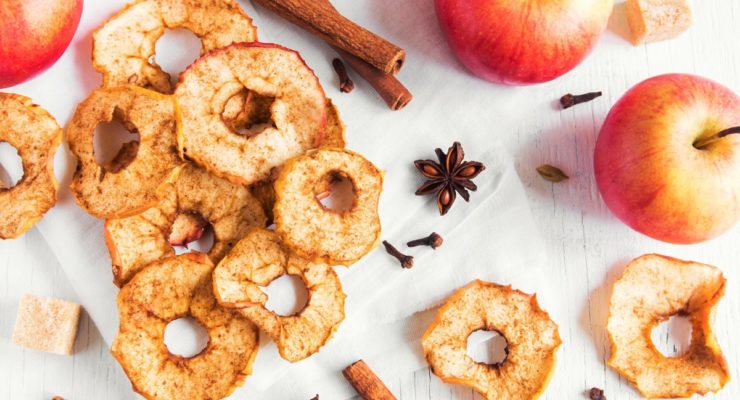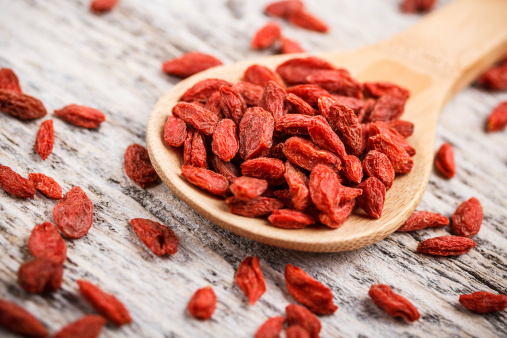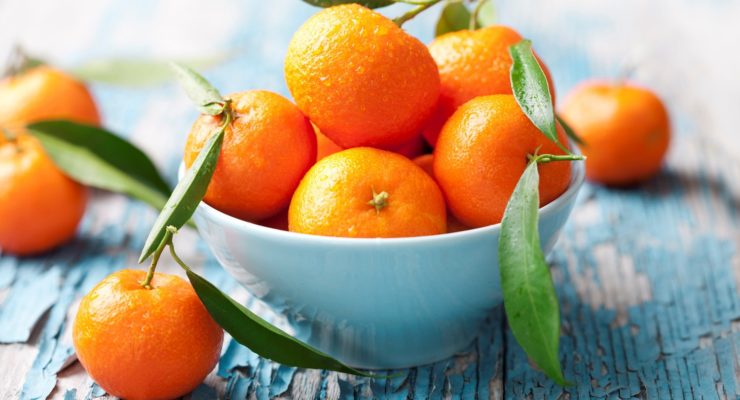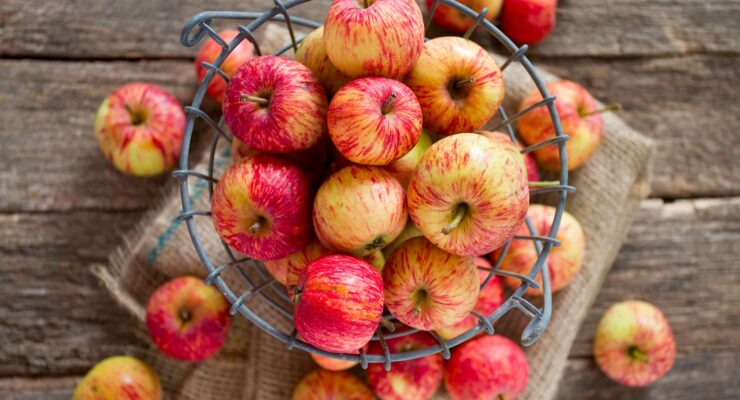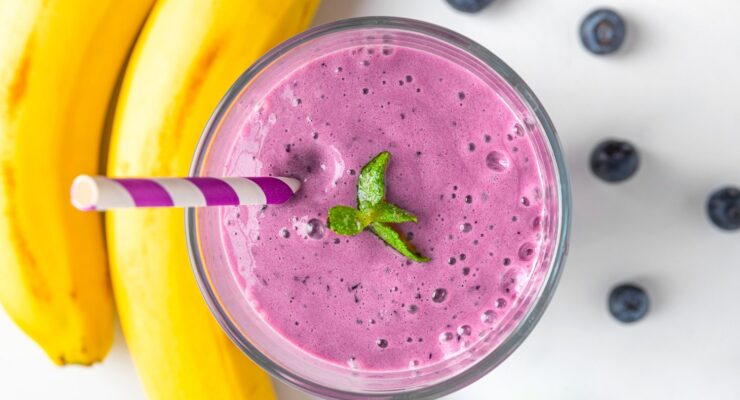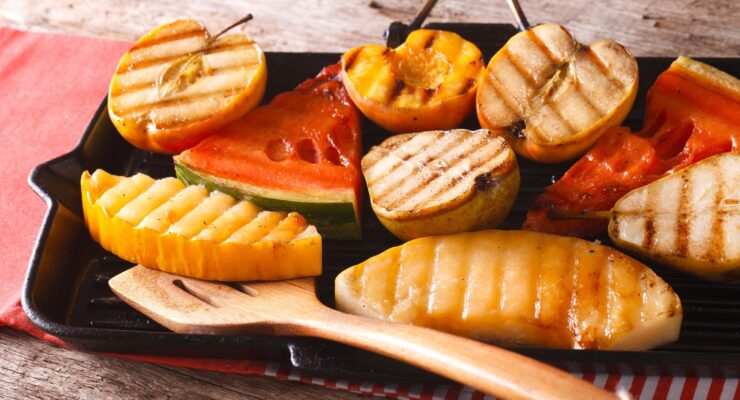5 Ugly Foods that Taste Amazing
Article posted in: Diet & Nutrition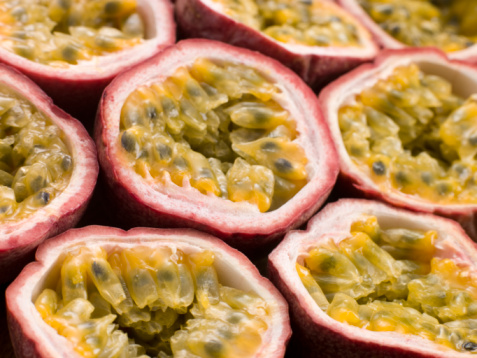
Appearances matter, especially when we’re talking about food. If a dish or ingredient isn’t visually appealing, you aren’t likely to be tempted to eat it. As you stroll through the produce department of your favorite supermarket, you may see these five items and turn away from their ugly exteriors. But you might want to give them a second look—what they lack in allure, they more than make up for with amazing flavor. Check out these five particularly ugly foods that taste amazing:
Passion Fruit
What is it: The wrinkly skin of this small, egg-shaped tropical fruit is thick and tough, but inside the jelly-like yellow flesh filled with countless edible seeds has a sweet tropical taste that brings to mind pineapple, mango and papaya. The skin of varieties from New Zealand is purplish-brown while the Hawaiian type is yellow. Passion fruit pulp is loaded with vitamins A and health-protecting antioxidants, and the seeds are a rich source of dietary fiber.
Try it: Both the pulp and seeds are edible and ready to eat raw– simply cut the fruit in half and scoop out the flesh. You can enjoy it alone by the spoonful or add it to yogurt, cottage cheese, salad dressings, or oatmeal. To remove the seeds, squeeze the pulp through a sieve or cheesecloth, then add it to smoothies or juices. Passion fruit brings a sweet note to savory sauces for beef and pork dishes.
Kohlrabi
What is it: The bulbous roots are close relatives of broccoli and have a similar sweet yet peppery taste. Most people eat only the bottom, though the stems and leaves are edible, too. The skin may be light green, whitish or even purple, but the insides of all varieties are pale white. Kohlrabi is high in fiber and a rich source of vitamin C and potassium, and it comes with just 36 calories per cup.
Try it: Raw kohlrabi’s very crisp texture adds crunch to salads and slaws. Sliced into matchsticks, it’s a fresh addition to an ordinary crudite platter. Roasting or grilling slices of kohlrabi tenderizes it and brings out its sweeter side. It’s a flavorful addition to stir-fries and soups, too.
Buddha’s Hand
What is it: A member of the citrus family, Buddha’s Hand looks like a distorted lemon with long fingers. The fruit, also known as Fingered Citron, has no pulp or even juice, but it has a delightfully fresh scent.
Try it: The fragrant zest of Buddha’s Hand punches up the taste of any recipe that calls for citrus fruit. Add a bit to your favorite vinaigrette dressing to give it a sweet-tart flavor. Toss root vegetables with the zest before roasting them to complement their earthy taste. Buddha’s Hand zest also brightens the taste of mild-flavored fish.
Cherimoya
What is it: Sometimes called “custard apple,” cherimoya (pronounced chair-ah-MOY-yah) has leathery, dark-green to brown skin ridged with what looks like scales. Inside it has creamy, fragrant pulp embedded with shiny black seeds. The skin and seeds are inedible, but the flesh tastes to many like other tropical fruits such as banana, coconut, mango, pineapple, and papaya. Cherimoya is low in calories (about 75 in an average-sized fruit) and high in vitamin C, potassium, and fiber.
Try it: This fruit is most commonly enjoyed raw, simply cut in half and the flesh scooped out by the spoonful (eat around the seeds or spit them out like with watermelon). You can give fruit salad a tropical flavor by adding cubes of fresh cherimoya. When pureed, the flesh becomes exceptionally creamy, which makes it useful as a naturally sweet pie filling or in a mousse-like dessert.
Truffles
What is it: Fungus is anything but attractive. Yet lumpy, rough-skinned truffles–underground cousins of mushrooms–are delicacies prized by chefs for their rich, earthy flavor and pungent aroma. Truffles are not easily cultivated so most are imported from France, Italy, or Spain, where they are collected in old forests. The 20 different varieties include some that are black and some that are white. Truffles can cost $40 or more for an ounce and their taste and scent are potent, so they are used very sparingly. Truffle oil (flavored by the fungi) is a less costly way to add their gourmet flavor to your recipes.
Try it: Shave truffles into omelets, or add thin slices to pasta or risotto. Preserve the taste by adding the truffles only at the end of cooking. Splash a bit of truffle oil on roasted potatoes or vegetables, or drizzle a little on homemade pizza to make it extra-satisfying.

